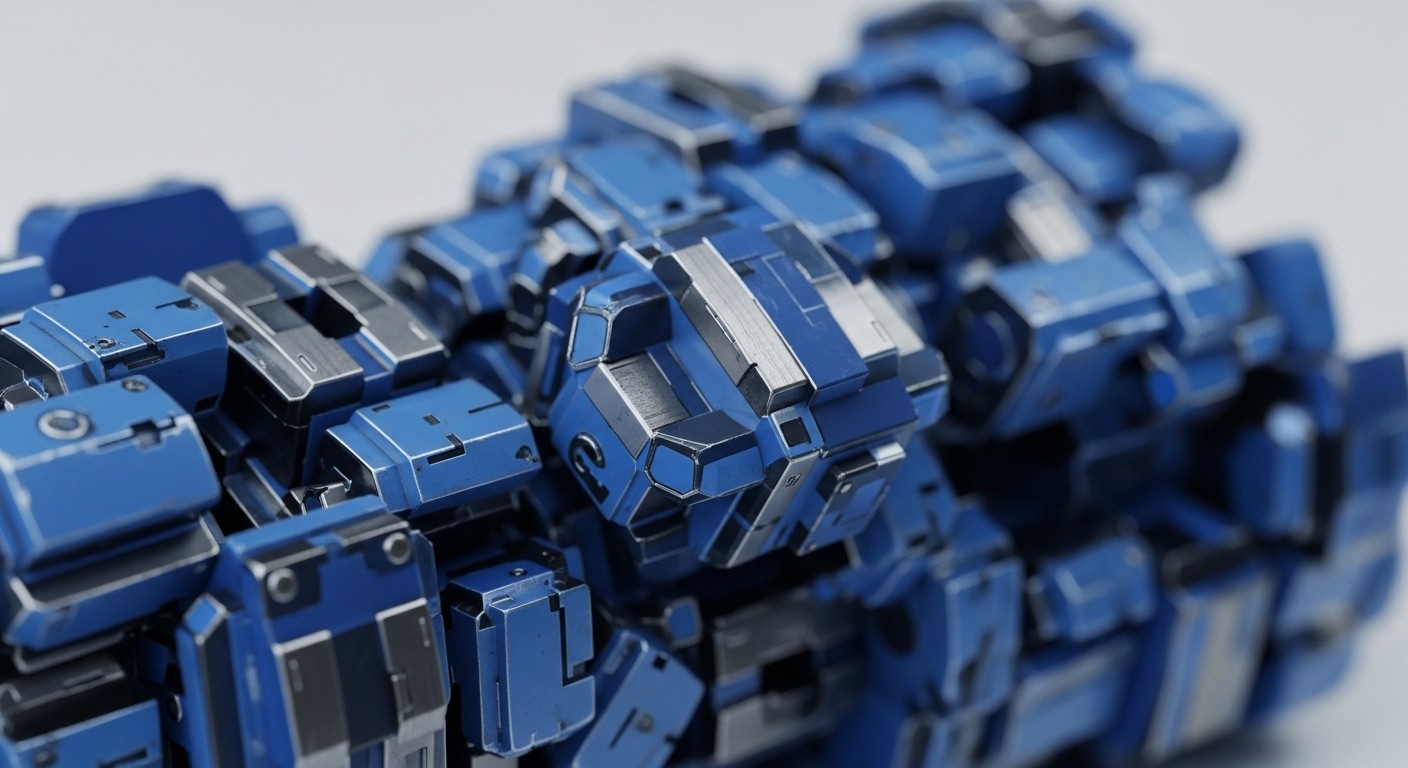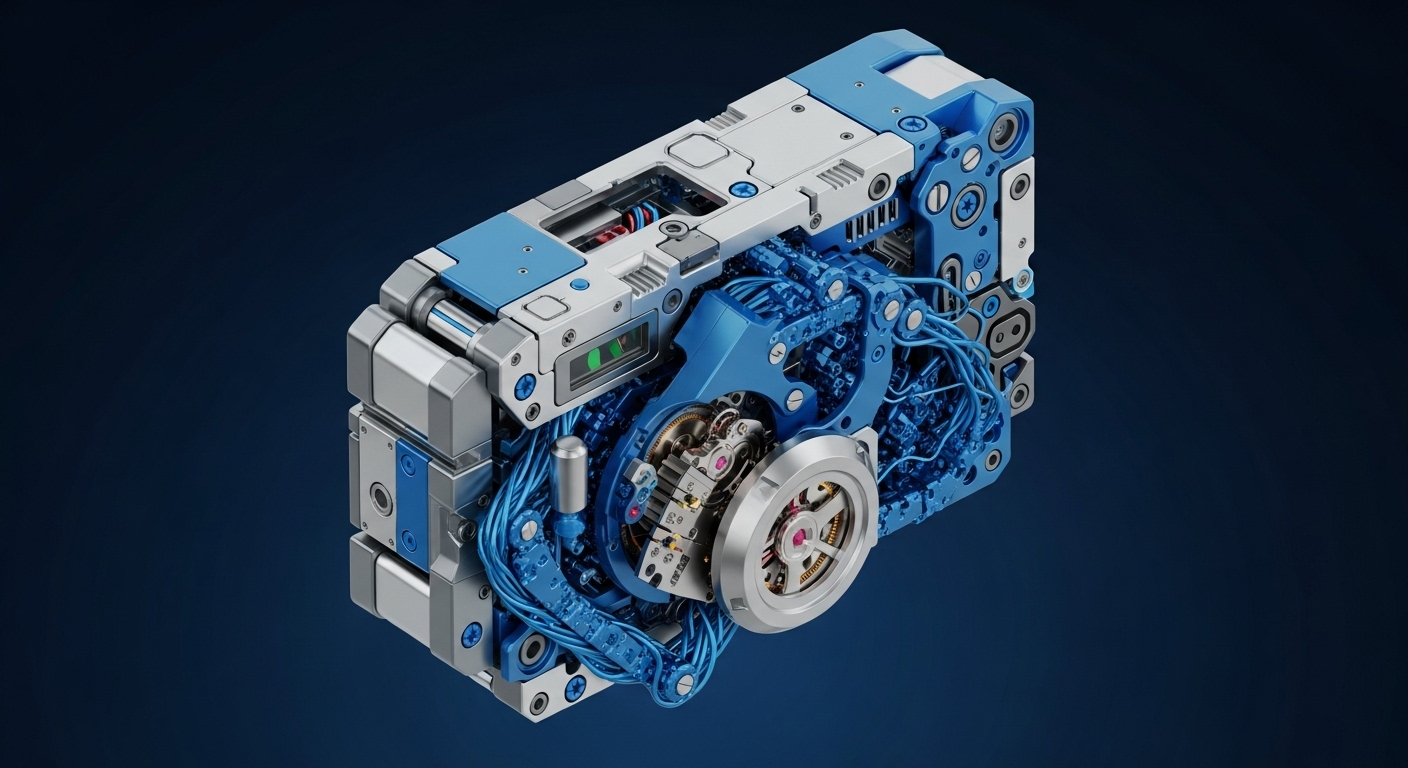
Briefing
The prevailing risk of centralized block construction and Proposer-Builder Separation (PBS) is addressed by introducing the Decentralized Order Flow Auction (DOFA) mechanism. This foundational breakthrough utilizes cryptographic commitments to transaction order flow, ensuring that block construction is a permissionless, verifiable process executed by a rotating set of Sequencers. This new theory’s single most important implication is the creation of a credibly neutral transaction ordering layer, fundamentally enhancing the security and censorship resistance of future blockchain architectures by shifting control from centralized entities to an open protocol.

Context
The established architecture of Proposer-Builder Separation (PBS) successfully separates the roles of block proposer and block builder, yet it introduced a new centralizing force. Academic consensus recognizes that the complexity and capital requirements of block building have consolidated power into a small set of specialized, trusted entities. This concentration presents a systemic risk to the network’s censorship resistance and fair transaction inclusion, creating a foundational challenge that undermines the long-term goal of a truly decentralized state machine.

Analysis
The DOFA mechanism fundamentally re-architects block construction through a two-phase, cryptographically-enforced process. First, users submit their transactions as blinded commitments paired with a bid for inclusion; this commitment prevents any party from frontrunning or censoring the transaction before its order is finalized. Second, a rotating set of Sequencers participates in a multi-round auction, where a Verifiable Random Function (VRF) selects the leader who commits to the final ordering of the blinded transactions.
Only after the order is cryptographically locked does the system reveal the transaction contents for execution. This method differs from previous approaches because it enforces order-fairness at the protocol layer through cryptographic primitives and auction design, eliminating the need to trust external, centralized block builders.

Parameters
- Sequencer Rotation Interval → The frequency at which the set of Sequencers is shuffled to prevent collusion.
- Order Flow Commitment → The cryptographic primitive used to blind transactions from Sequencers until the final order is determined.
- Auction Finality Rounds → The number of rounds required in the Sequencer auction to achieve a verifiable and final transaction order.

Outlook
This research opens a new avenue for designing credibly neutral public goods infrastructure. The immediate next step is the formal verification of the DOFA mechanism’s game-theoretic properties, specifically its resistance to collusion and manipulation under various adversarial models. Within the next three to five years, this theory could unlock real-world applications such as fully decentralized and censorship-resistant rollup sequencers, or a new generation of DeFi protocols where transaction fairness is guaranteed by the protocol’s foundation, moving the industry toward truly trust-minimized execution environments.

Verdict
The Decentralized Order Flow Auction represents a foundational shift in mechanism design, cryptographically securing transaction ordering and resolving the critical centralization risk inherent in current block construction models.
